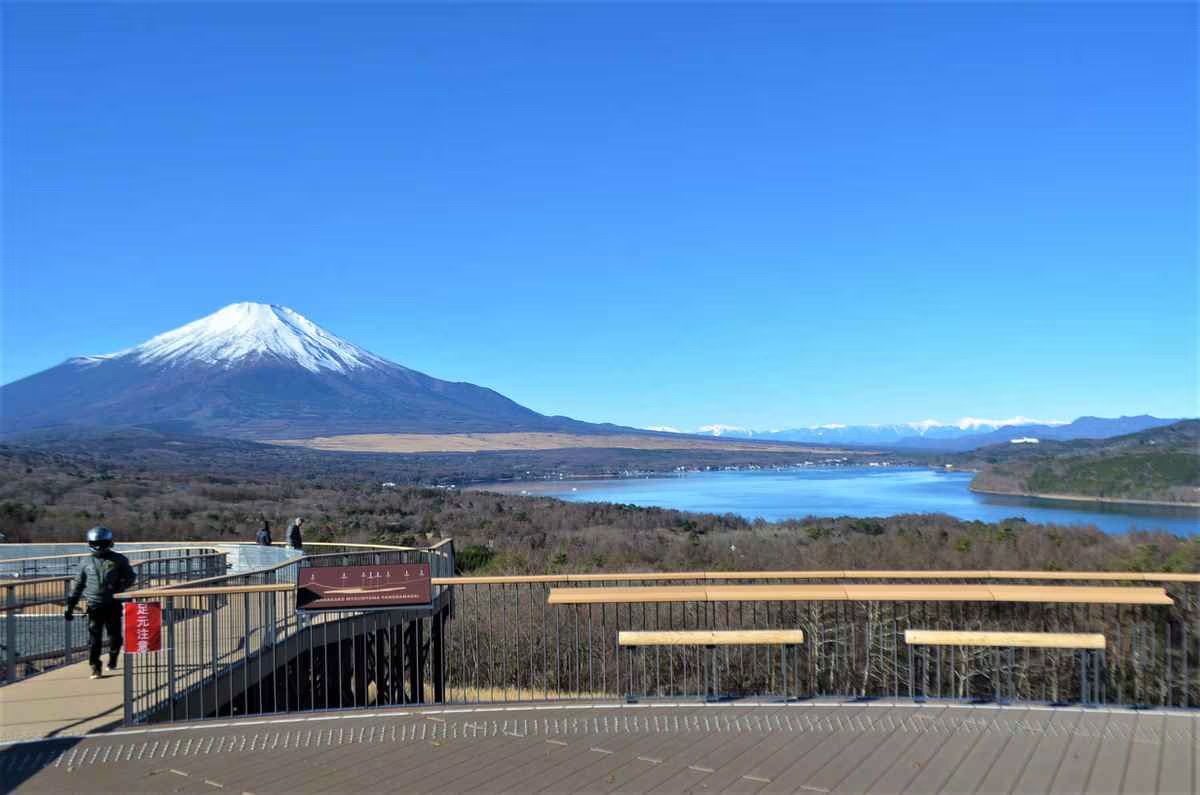Stay Home if Mt Fuji Erupts, New Government Guidelines Advise
富士山が大規模噴火した際の降灰対策について、政府は初めて指針を示しました。被害が長期間に渡る可能性があるため、降灰地域の住民に対し、すぐに避難せず在宅での生活継続を求めています。あなたは自宅に充分な防災用品を備えていますか?もし今日、富士山が噴火したら、あなたの日常生活にどのような影響があると思いますか?

1.Article
Directions: Read the following article aloud.
※本ページは出典ニュース記事を要約した英文です。
Since ashfall may persist for an extended period, the guidelines suggest storing two weeks' worth of supplies. This is double the amount recommended for a major earthquake directly beneath the Tokyo metropolitan area.
However, the extent and pattern of ashfall will vary depending on factors such as the scale of the eruption and weather conditions. Consequently, local governments and residents may face difficult decisions.
Mt Fuji has erupted approximately 180 times over the past 5,600 years. The last eruption, known as the Hoei Eruption, occurred in 1707.
It lasted intermittently for more than 10 days, sending ash plumes over 10,000 meters high. The eruption ejected an estimated 1.7 billion cubic meters of volcanic material, with ashfall reported as far as present-day northern Chiba Prefecture.
In 2020, the government modeled a scenario similar to the Hoei Eruption, assuming the worst-case conditions with strong southwest winds. Under this scenario, ash accumulation near Sagamihara City, Kanagawa Prefecture, could exceed 20 centimeters by the second day of the eruption. By the 12th day, the ash could approach 30 centimeters.
In Shinjuku Ward, Tokyo, ash accumulation could exceed five centimeters by the second day. By the 12th day, it could approach 10 centimeters.
Ashfall would almost certainly bring public transportation to a standstill. Railway surface lines and airport runways would become unsafe, while roads with as little as three centimeters of ash could become impassable on inclines. The disruption of transportation networks could persist for an extended period, paralyzing the movement of people and goods.
Given these potential disruptions, the guidelines emphasize that residents in affected areas should remain at home rather than evacuate immediately. Historical records show that the Hoei eruption produced continuous ashfall for 16 days. This highlights the need for larger stockpiles than the seven-day supply recommended for earthquakes.
The guidelines also urge local governments and infrastructure operators to develop response plans in advance. These plans should prioritize the restoration and maintenance of lifelines and ensure the rapid supply of essential goods. This is especially important given the expected breakdown of transportation networks.
However, according to government officials, there is currently a disparity between businesses that have made progress in their preparations and those that remain unprepared.
The disposal of volcanic ash presents another major challenge. The total volume of ash requiring disposal is estimated at around 490 million cubic meters. This is more than 10 times the 31 million tons of disaster debris generated by the 2011 Great East Japan Earthquake.
Professor Naoya Sekiya, a disaster sociology expert at the University of Tokyo, warns that modern urban areas are paved, unlike during the Hoei eruption. This prevents the ash from returning to the soil. He cautions that disposal "could take years to complete."
本教材は、一般社団法人ジャパンフォワード推進機構、株式会社産経デジタルより許諾を得て、産経ヒューマンラーニング株式会社が編集しています。
テキストの無断転載・無断使用を固く禁じます 。

